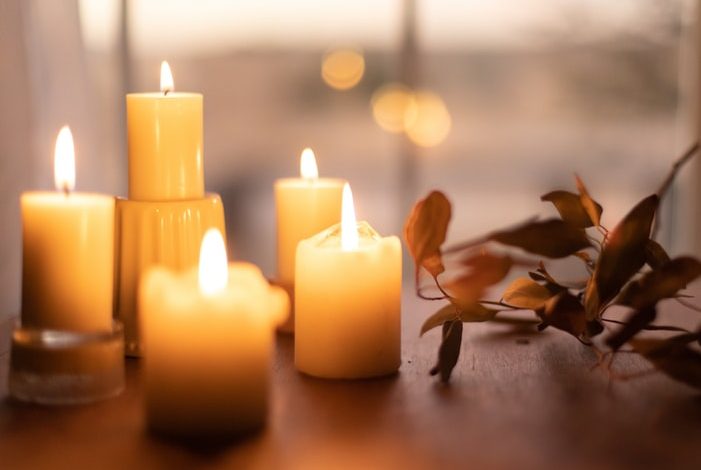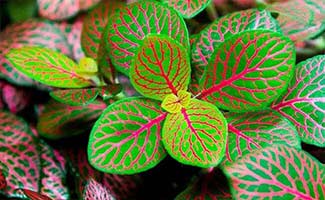How Do Candles Work?

The Candles have been of traditional and historical significance for centuries. People lit candles to illuminate rooms. Back when light bulbs were not there yet. They are an amazing invention and alternate to electricity.
The Candle Body
Wax is the main ingredient in candles, extracted from fuels, and made from paraffin wax with hydrocarbons. The petroleum byproduct and additional beeswax are responsible to form a complete candle. The paraffin wax hardens at room temperature and can melt at high temperatures. The melting is useful when you want to form a candle inside a specific container. The paraffin solidifies as it becomes equal to the normal temperature.
During the melting ingredient procedure, people add bits of scented pieces, essential oils, colouring and powders to decorate the candles. Marble candles, DIY crayon candles and so much more are made from simply mixing ingredients with molten beeswax and paraffin wax.
The Lit Element (wick)
The mixture of wax once molten, require a thread-like soft twine. It is how you can light the candle. The wick is the main light picking material. Dipped in molten paraffin wax to coat the twine. Only a small amount of wax is enough to coat this string, as paraffin has fuel properties, it picks up flame in an instance. This slight coating keeps from burning smell and instant burn of twine away. The wick and the waxwork together as they burn and keep candlelit.
The Working of Candle
Once you light the candle, the wick catches flame and melts the wax around it. The wax vapours keep candlelit. All you need is a fire source, and as soon as you light the candle, it keeps the flame lit by the miniature vapours to feed it. This is a process of twine, which is super absorbent and starts sucking the melting candle wax around it to keep the flame lit. As more candle burns and melts the wax, the twine absorbs the liquidized wax and the flame feeds on the wax. The wax becomes mere vapours by the time you blow it.
The wax disappears due to all paraffin particulates vaporizing into the air. The wick burns along the candle and does not turn the flame off unless the wick dips in a pool of molten wax at the end.
Try Relighting the Candle
If you blow out the candle, the flame turns off. You can see the stream of smoke that comes out from the burnt candlewick. Point the fire source close to this smoke and the wax vapour smoke catches the flame and sparks up the wick again. This is relighting the candle as if a trick. The vaporized wax is still a form of fuel and it will catch flame every time you bring a source up close.
Conclusion
DIY candles travel candles, spa candles are all same in the main ingredients; however, the scents, colours, containers and procedures are different. This was all about the components and functioning of a candle.
Also, Read: Are candles toxic?





